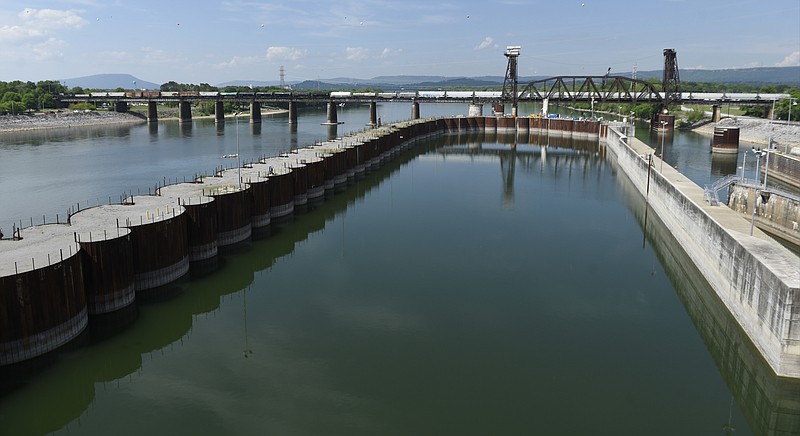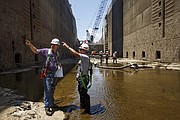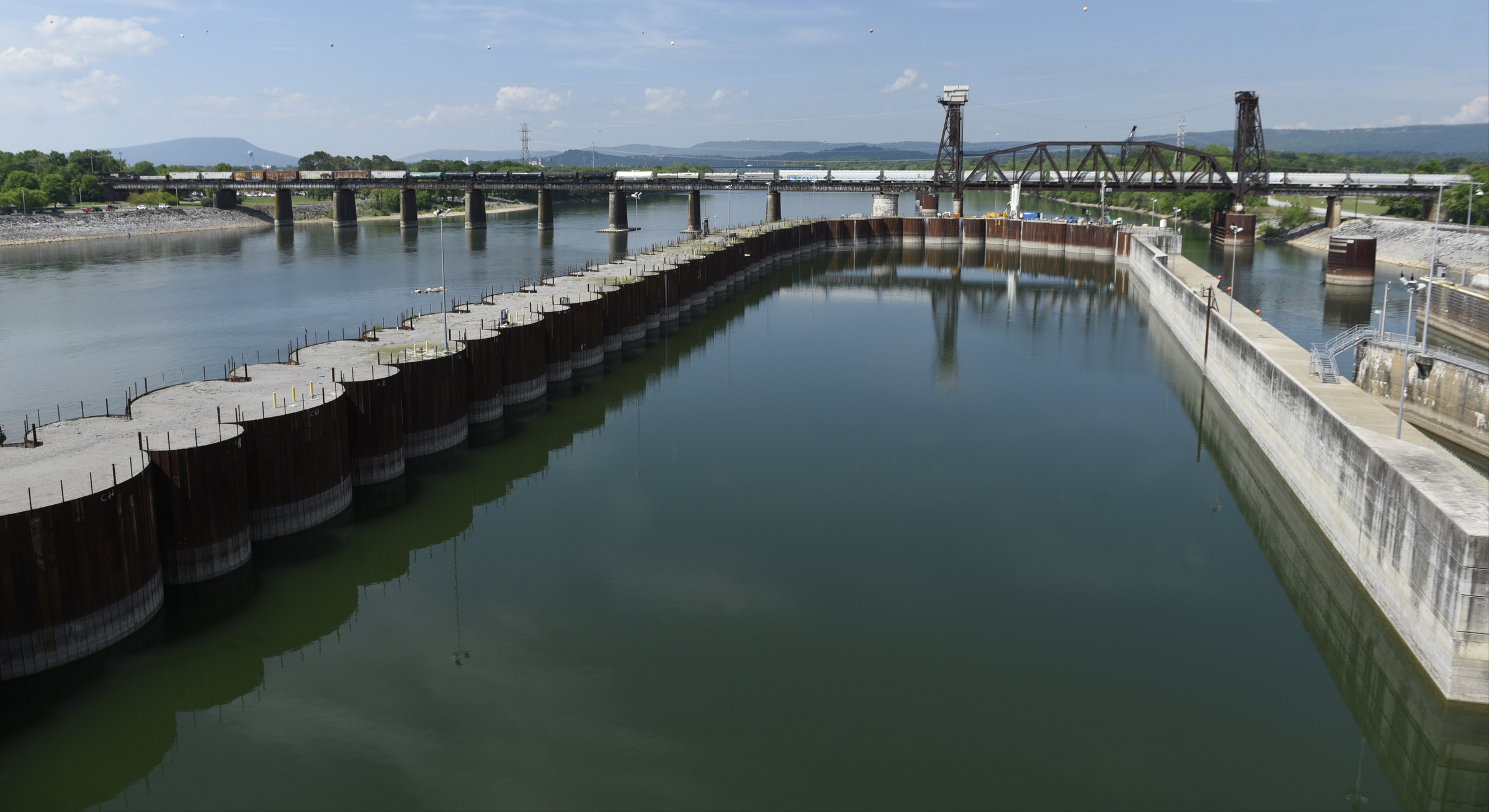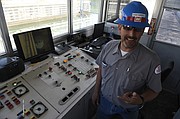Be heard
Send comments or other information regarding the permitting of the U.S. Army Corps of Engineers proposal to remove 98,000 cubic yards of rock at the Chickamauga lock to:Tennessee Department of Environment and ConservationDivision of Water ResourcesWillam R. Snodgress Tennessee Tower, 11th floor312 Rosa L. Parks AvenueNashville, Tenn. 37243Source: Tennessee Department of Environment and Conservation
Congressional visit
U.S. Sen. Chuck Fleischmann will tour the Chickamauga lock today at 9 a.m. The senator’s tour will start at the Chickamauga Lock Resident Engineer Office at 5518 Trailhead Drive near the north end of the dam. Lt. Col. Stephen Murphy will join the tour, according to officials.
The Tennessee Department of Environment and Conservation wants public input on a U.S. Army Corps of Engineers proposal to excavate 98,000 cubic yards of rock at Chickamauga Dam as part of the ongoing construction of the facility's $858 million new lock.
The amount of rock proposed to be removed - if stacked in 1-square-yard blocks across an entire football field - would be 46 feet high, according to officials.
TDEC's notice states that the Corps proposes to remove the rock from inside the cofferdam, including the installation of anchors, construction of an interior wall, disposal of the material and a new outfall related to the repositioning of a drain, according to permit documents.
The cofferdam is the large, oblong structure on the downstream side of the dam between the spillway and the lock. One of its sides is the shoreward wall of the new lock while the rest of the dam looks like a line of massive barrels stood on end, side by side. Water is pumped from the inside of a cofferdam to create a dry, open workspace in the riverbed.
Project manager Adam Walker said the monstrous amount of rock excavated will create the bed for the new lock. One wall of the new lock was completed in 2012 and makes up one side of the cofferdam and will remain in place as the other matching wall and the rest of the lock is completed, Walker said. Excavated rock will be stored at a site a little upstream of the dam.
The new lock will be 110 feet wide by 610 feet long, compared with the current one at 60 feet wide and 360 feet long. Walker said today's "jumbo" barges can get through only one at a time with the old lock.
That means river operators with rafts of barges tied together must first break them apart and move them through individually, then tie them back together on the other side, Walker said, noting how much more labor the process takes with the old lock.
The lock project is in its third consecutive year of construction since being halted in 2012 when funding ran out because of costly dam and lock projects in Ohio and Pennsylvania that absorbed all of the available funding from the Inland Waterways Trust Fund.
The Chickamauga lock is one of the most vulnerable inland locks operated by the Corps of Engineers. Construction of the original lock started in 1936 and ended in 1940.
Two weeks ago, the lock was shut down and drained so crews could inspect and replace valves, bushings and other equipment in order to prevent a more permanent bottleneck in the upper third of the Tennessee River. The lock will remain closed until Aug. 11, officials said.
River traffic is stalled on both sides of the dam until the work is complete.
TDEC wants public comments and input to help determine whether to issue the permit.
"Persons wishing to comment on the proposal are invited to submit written comments to the department," the July 25 notice states.
Written comments must be received by Aug. 24.
Interested persons may also file a written request, during the comment period, that TDEC hold a public hearing on the Corps' application. Parties making a request for a hearing should state their interest, the reasons the hearing is warranted and water quality issues being raised, the notice states.
Contact staff writer Ben Benton at bbenton@timesfreepress.com, on Twitter @BenBenton, on Facebook at www.facebook.com/ben.benton1 or at 423-757-6569.




